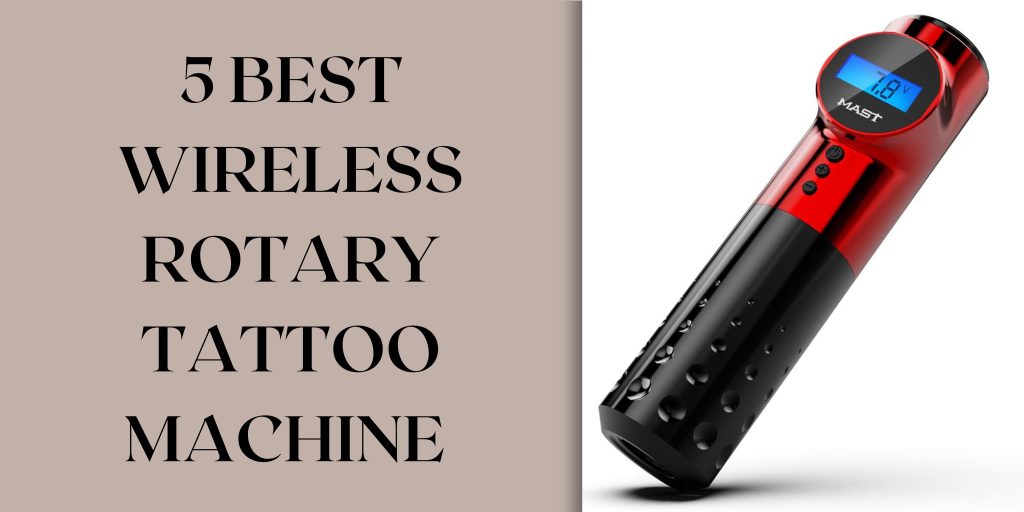When it comes to expressing individuality and personal style, finger tattoos have gained immense popularity in recent years. These small and intricate designs allow people to make a unique statement. However, before you jump into getting a finger tattoo, it’s important to weigh the pros and cons and consider various factors. In this article, we will explore the world of finger tattoos, including their significance, the factors to consider, popular designs and meanings, maintenance and longevity, famous individuals with finger tattoos, and provide a conclusion to help you make an informed decision. In this article we will tell you about are finger tattoos a bad idea
Understanding Finger Tattoos
Explaining Finger Tattoos
Finger tattoos are small tattoos inked on the fingers, typically on the top or sides. They are known for their compact size and intricate designs, allowing for creativity within a limited space.
Brief History and Cultural Significance of Finger Tattoos
Finger tattoos have a rich history, dating back to ancient civilizations. Different cultures have attributed various meanings to finger tattoos, such as symbols of love, commitment, or spiritual beliefs.
Pros and Cons of Finger Tattoos

Pros of Finger Tattoos
Expressing Individuality and Personal Style
Finger tattoos provide a unique way to express your personality and showcase your creativity. You can choose designs that hold personal significance, making them truly one-of-a-kind.
Less Painful Compared to Larger Tattoos
Due to the smaller size and thinner skin on fingers, getting a finger tattoo is often less painful than getting a larger tattoo. This makes it a suitable option for those with lower pain tolerance.
Easy to Hide or Show Depending on the Situation
One of the advantages of finger tattoos is their versatility. You can easily conceal them with jewellery or clothing when needed, and showcase them when desired, allowing for flexibility in different environments.
Suitable for Small, Intricate Designs
The limited space available for finger tattoos encourages creativity in designing small and intricate patterns, symbols, or even lettering. This makes finger tattoos perfect for delicate and detailed artwork.
Read More: Can You Pray with a Tattoo in Islam?
Cons of Finger Tattoos
Fading and Smudging Issues Due to Constant Hand Use
Finger tattoos are prone to faster fading and smudging compared to tattoos on other body parts due to the constant use and exposure of hands to external elements. Daily activities like washing hands or typing can accelerate the fading process. finger tattoo lasting is very important to look beautiful and attractive.
Limited Space and Difficulty in Achieving Detailed Designs
The small canvas of fingers limits the size and intricacy of the designs that can be achieved. Artists may face challenges in creating highly detailed tattoos, especially if the design requires precision.
Potential Professional and Social Implications
Visible finger tattoos may impact your professional opportunities, particularly in conservative work environments. Additionally, societal perceptions and stereotypes surrounding visible tattoos might lead to judgment or prejudice in certain social settings.
Higher Risk of Tattoo Blowouts and Ink Migration
Finger tattoos are more prone to tattoo blowouts, where the ink spreads beneath the skin, resulting in blurred lines or smudged designs. The thin and delicate skin on fingers makes them susceptible to ink migration over time.
Factors to Consider Before Getting a Finger Tattoo

Placement and Design Considerations
Choosing the Right Finger for the Tattoo
Selecting the finger for your tattoo requires careful consideration. Each finger holds symbolic meanings, and you may want to align the design with the finger’s associated symbolism or personal significance.
Selecting an Appropriate Design that Suits the Finger
Considering the size and shape of the finger is crucial when selecting a design. The design should complement the finger’s proportions and flow harmoniously with its contours.
Considering Size Limitations and Intricacy of the Design
Due to the limited space on fingers, intricate and highly detailed designs might be challenging to execute. Finding the right balance between complexity and practicality is essential for achieving a visually appealing finger tattoo.
Pain and Healing Process
Discussing Pain Levels and Sensitivity of Finger Tattoos
While pain perception varies from person to person, finger tattoos are generally known to be less painful than tattoos on more sensitive areas like the ribs or inner wrists. However, pain levels can still differ depending on individual pain thresholds.
Explaining the Healing Process and Aftercare for Finger Tattoos
The healing process for finger tattoos is crucial to ensure proper recovery and long-lasting results. Following aftercare instructions provided by the tattoo artist, such as cleaning, moisturizing, and avoiding excessive exposure to water, is essential for optimal healing. you should also know how to sleep with a new tattoo.
Professional and Social Considerations
Addressing the Impact of Finger Tattoos on Employment Prospects
Visible finger tattoos can potentially affect employment opportunities, especially in industries that have strict dress code policies or conservative values. It is important to assess the impact it may have on your desired career path.
Examining Potential Reactions from Friends, Family, and Society
Before getting a finger tattoo, consider the potential reactions from friends, family members, and society. While acceptance of tattoos has become more prevalent, there may still be individuals or communities with different viewpoints.
Conclusion
finger tattoos can be a unique form of self-expression and personal style. While they have their pros, such as individuality and lower pain levels, finger tattoos also come with cons like fading issues and potential professional implications. Before getting a finger tattoo, it’s crucial to consider various factors, including placement, design, pain levels, the healing process, and societal considerations. By weighing the pros and cons and making an informed decision, you can determine whether finger tattoos are a good idea for you. Remember to take proper care of your finger tattoo to ensure its longevity and vibrancy.







